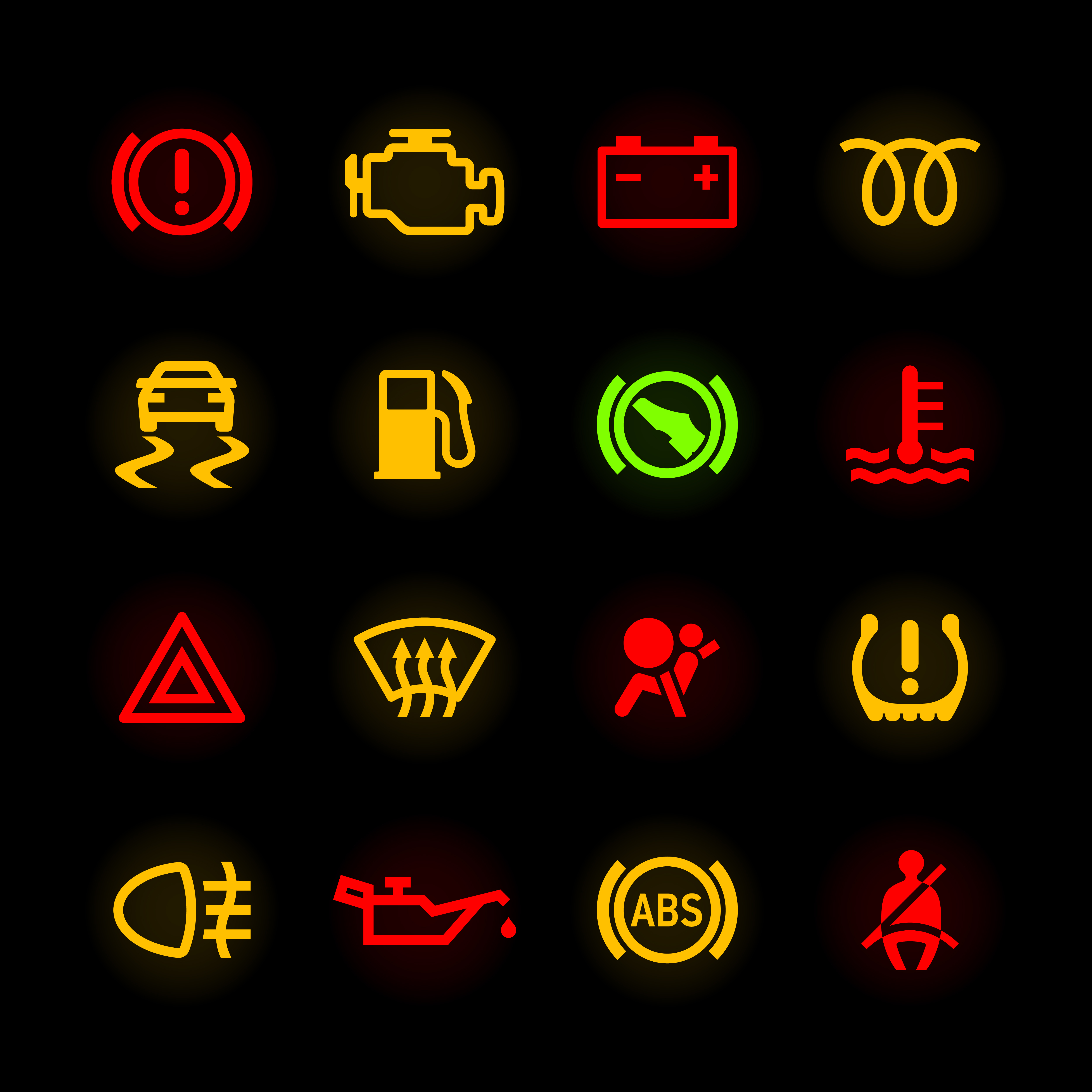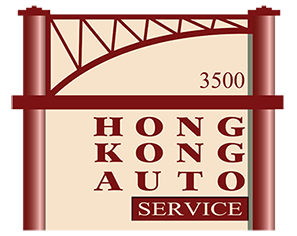You can crack the dashboard lights code
Q. I am worried my college-age students might not recognize the warning lights on the dashboard or not pay attention to them at all. Can you provide me with a quick guide to dashboard lights?
A. As your kids head off to college, it is important to “school” them on what all the dashboard lights mean so they don’t get stranded on the road. Tell them when a dashboard light is displayed it’s like an emoticon for the car. The light can signal that the car is in distress or needs preventive maintenance.

Dashboard lights are like emoticons for the car. These lights can signal if your car needs preventive maintenance or auto repair.
When a dashboard light comes on, your young motorists need to know how critical a particular warning light is and whether they need to:
- Pull over ASAP.
- Keep driving but head directly to an auto repair shop.
- Keep driving and schedule an appointment for service at their earliest opportunity.
All those green, orange, blue or red illuminated symbols might seem like ancient hieroglyphics to your college drivers, so we’ve prepared a mini guide to help prepare even the most disinterested driver with some behind-the-wheel know-how.
You’ve been warned
Be aware a light might function differently depending on the situation. For example, a flashing check engine light is a sure-fire signal to get that car into a service facility immediately. However, a constantly illuminated check engine light will buy you more time until you can make an appointment with Hong Kong Auto.
When these lights come on, you should pull over safely ASAP:
- Engine Temperature/Coolant Light (A hot set of wheels is a cool thing; an overheated engine is not.)
- Oil Pressure (This is a potentially engine-frying hazard.)
- Powertrain Malfunction (Something might be amiss with your transmission. Indicates either a malfunction or a high transmission temperature.)
When these lights come on, you should head directly to an auto repair shop:
- Battery or Alternator (A power outage can be enraging, and your car may not restart if you pull over and turn the engine off.)
- Flashing Check Engine Light (This is more critical than the Check Engine Light staying on steady.)
- If a combination of warning lights are displayed or if your dashboard lights up like a holiday tree.
When these lights come on, you should schedule an appointment at your earliest convenience:
- Brake Light (Stopping when you want to is such a great feeling.)
- Tire Pressure Monitor (Underinflated tires not only compromise safety, they slurp gas.)
- Parking Brake (A constantly illuminated one of these could mean more than just an engaged parking brake.)
- Airbag (Only a crash test dummy would risk faulty airbags.)
- Traction Control
- Bulb Failure (There’s a reason the roads suddenly seem darker at night.)
- Tire Rotation (Passed your 7,000-mile mark?)
It’s also a good idea for young drivers to review non-warning dashboard lights, such as those indicating whether high beams (often blue), fog lights (many times green) or blinking hazard lights are engaged or if the cruise control is on or if the doors, hood or trunk are open. Ditto for traction control and four-wheel drive indicators.
Study the owner’s manual
Don’t fret if you don’t know what every dashboard light symbol means. Today’s cars have so many different warning lights that it’s almost impossible to know what these all mean. Encourage your young drivers to know the important indicator lights, and for the rest, they should look them up. The best place to look for a symbol is the owner’s manual which always should be kept in the car, not at home.
Stop in for a complete auto repair checkup at Hong Kong Auto before your kids off to college.
